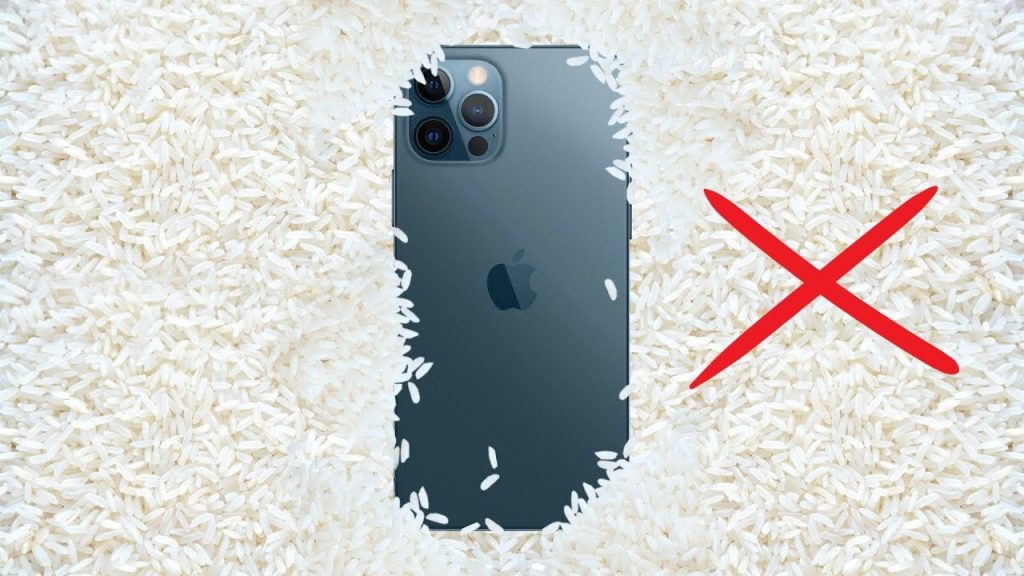When charging your iPhone, have you ever gotten messages like “Charging not available”? Don’t get too worked up; your charger is still functional. Your iPhone’s charging port or cord is most likely clogged with water. Getting water on your iPhone is absolute misery. Even though the newest iPhones (iPhone 7 and beyond, including the iPhone 12 series) have an IP certification, they are not water-resistant.
However, what if you don’t get a water alarm and you’re confused as to what’s wrong with the charging port? As not all iPhones have such updates to receive that notification; the function is only accessible on the iPhone X series, or later models. However, there are various methods for determining whether or not there is water in the iPhone charging port.
So, if you possess an iPhone and are having this problem or error, keep reading to find out how to get water out of iPhone charging port.
[lwptoc]How to Find Out if Your iPhone Has Water in the Charging Port?
It’s easy to tell whether your iPhone has water in the charging post by looking for the water damage indicator. It will be at a different location, depending on your model. The water damage indicator is a mini white tab that turns red when your device becomes wet enough to cause harm. If this has gone red, your phone most certainly has water.
What should you do if water gets in the charging port?
If your iPhone has water in the charging port and you’re not sure what to do, here are the measures to take to avoid further harm.
How to Get Water Out of iPhone Charging Port
- Turn off the iPhone right away. It eliminates the possibility of the phone shorting out
- If you have a case on your iPhone, take it off, as that might trap water in the phone
- Remove the sim card tray from your iPhone; it may be retaining water
- Now, using a pin with a piece of absorbent fabric wrapped around, and absorb any water from your iPhone’s charging port with it
- Allow your phone to dry for a long time without turning it on by placing it in a dry location. Wait as long as you possibly can. It is the most vital step
- These steps will help you get water out of iPhone charging port.
What Not to Do When There Is Water in Your Charging Port?
When your iPhone’s charging port is clogged with water, there are a few things you should avoid doing. Otherwise, your phone and its data would be at risk.
- Leaving your phone in a bag of rice is not a good idea. Dust and grit have a significant probability of getting inside your phone and causing the same harm as water
- Do not connect your charger in the port because pins on the connector or the cable might corrode, causing your iPhone or accessory to lose communication
- Do not use an external heat source, such as a hair drier or something similar, to warm up your iPhone
- Do not use anything to clean the Lightning connector, such as a cotton swab or a paper towel
Frequently Asked Questions
Is it possible that water could harm your charging port?
Unlike dropping your phone and shattering the screen, water damage isn’t always visible. Water entering your phone’s charging port is just as dangerous as slipping it into the toilet.
Is it possible to clean water from the charging port?
You can clean it with absorbent fiber wrapped around a pin, but be cautious not to damage anything within the little port and avoid getting it wet.
Is it a terrible idea to have an emergency override on your iPhone?
It’s worth stating that you run the danger of permanently destroying your iPhone when you do this. If at all possible, dry the interior of your iPhone.
Conclusion
Whatever process you do as soon as the water comes into touch with your iPhone’s charging port, it will only serve to delay the circuitry’s breakdown. It is, however, not a simple task for everyone. It is preferable to get it inspected by a professional and licensed repair specialist; it is well worth the effort. As a result, take care not to harm your iPhone’s charging port.

